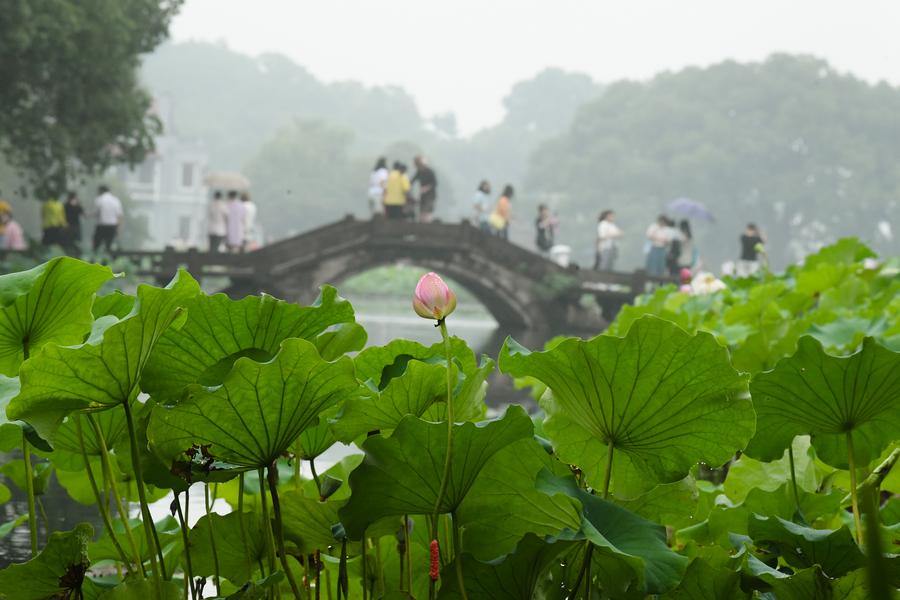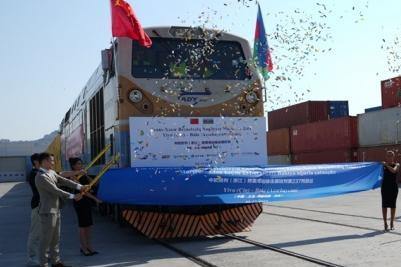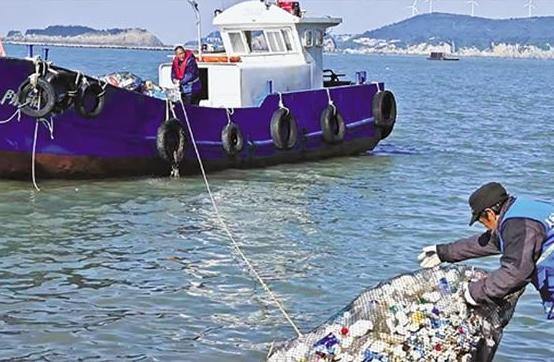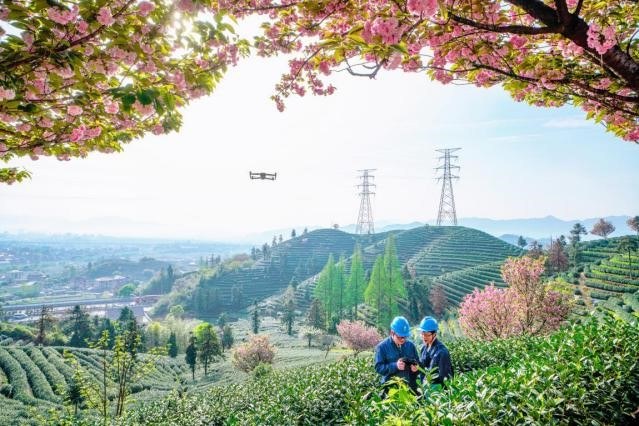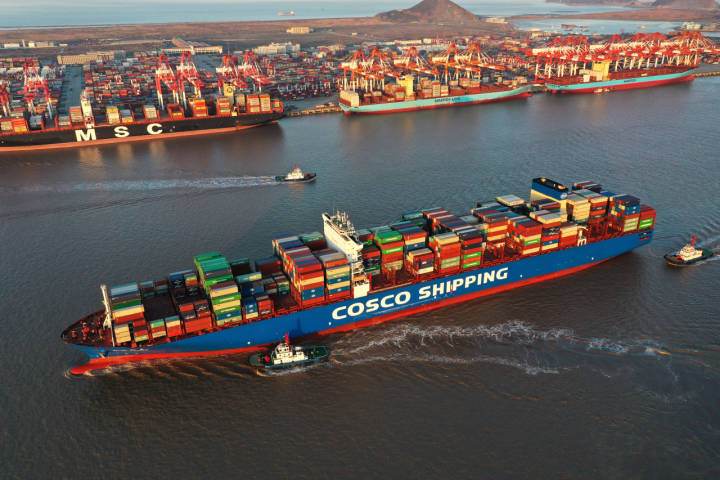
Cover Photo (Photo/VCG)
January 1, 2023 marks the first anniversary of the implementation of the Regional Comprehensive Economic Partnership (RCEP), the world's largest free trade agreement, which covers 10 ASEAN countries and 15 countries including China, Japan and the ROK.
According to the statistics of Hangzhou Customs, a total of 1.204 billion yuan of imported goods of Zhejiang enterprises enjoyed preferential treatment through RCEP last year, and the tax reduction of imported and exported goods of Zhejiang Province was about 217 million yuan. What other benefits does RCEP bring to Zhejiang? What other opportunities will the future bring?
Expand the market, steady orders, increase opportunities
When it comes to RCEP, the biggest impression people have of it is preferential tax rates. For Zhejiang export enterprises, the most obvious benefit of RCEP is that when customers from relevant countries order products from Zhejiang, the tax they need to pay will be reduced year by year. The decrease in customer purchasing cost correspondingly improves the competitiveness of Zhejiang export products.
In the first year when RCEP came into effect, Zhejiang's exports to RCEP countries increased significantly, becoming a new bright spot in its trade market layout. According to the statistics of Hangzhou Customs, in 2022, the total import and export volume of Zhejiang to other RCEP member countries was 1.17 trillion yuan, an increase of 12.5%, driving the province's foreign trade growth of 3.1 percentage points, among which plastic products, clothing and agricultural products became the main commodities of Zhejiang exported to RCEP countries.
In the intelligent production workshop of Zhejiang Jiayi Insulation Technology Co., LTD., a number of automatic production lines are running at full power to produce thermos cups for the Eurasian market. In early 2022, the company obtained the province's first RCEP export certificate of origin.
"The tariff rate of our thermos cups exported to Japan has been adjusted from 3.9% to 3.2%, and we enjoy a tariff reduction of more than 200,000 yuan for the whole year. This year, with the tax cut to 2.8 percent, our benefit level will continue to increase, making our goods more competitive and we are confident to further expand exports." Said Gu Lili, the company's foreign trade manager. According to statistics, the export volume of enterprises exceeded $100 million in 2022.
Pan'an County, Jinhua City is the "hometown of Chinese medicinal materials", and has a long history of Chinese medicinal materials planting. Zhejiang has eight medicinal materials known in China, among which there are five products from Panan. The high-quality implementation of the RCEP has also become an "accelerator" for the growth of foreign trade in these medicinal materials. Lu Juan, Pan'an Foreign Trade Pharmaceutical Co., LTD chairman assistant said: "Pinellia, white Rhizome, Thunberg fritillaria and other Chinese medicinal materials are very popular overseas. In 2022, the company exported more than 36 million yuan of traditional Chinese medicine to Japan, an obvious increase."
The RCEP will gradually eliminate 90% of the commodity trade tariffs among its signatories in the next 20 years. This means that the opportunities for Zhejiang enterprises brought by tariff preference will increase year by year.
Rich industrial and supply chains
With the implementation and effectiveness of the RCEP, many companies have benefited from lower import costs of raw materials. For Zhejiang enterprises, importing raw materials from RCEP countries is of great significance to stabilize the industrial chain and supply chain.
Xinfengming Group Co., Ltd. needs raw materials for "auxiliary spinning oil for production," which is mainly sourced from Japan. Before the RCEP goes into effect, the company will have to pay a 10% import duty on the product; Since the RCEP went into effect, import tariffs on spinning oils from Japan have been falling year by year. In the past year, Xinfengming Group imported about 380 million yuan of spinning oil from Japan and made a tax reduction of about 3.58 million yuan with the help of RCEP.
"The reduction of import costs indirectly improves the price competitiveness of our products in the international market." Gao Guoping, Xinfengming Group foreign trade affairs section chief said.
"Now, in the context of the global layout of the industrial chain, RCEP will help its member countries better maintain the stability and security of the international supply chain." The relevant expert analysis. In other words, the strategic significance of the RCEP goes far beyond tax cuts. In the future, technology trade and two-way investment between China and the ROK will be more smooth, and the human and material resources of Southeast Asian countries will be more prominent in the global economy.
In addition to making industrial and supply chains more stable and healthy, RCEP is also closely related to people's livelihoods.
In December, the first Cambodian longan products to enter China's e-commerce market went on sale at the Tmall flagship store. Taking advantage of the RCEP, Cambodian longan has become the third Cambodian agricultural product approved for export to China, following Basa fish and corn. Since then, Chinese consumers can eat fresh Cambodian longan during the Spring Festival, and Cambodian farmers are no longer worried about the slow sale of longan.
In April last year, the port of Taizhou officially opened the RCEP national fruit import route, becoming the second port of entry for kiwifruit bulk carriers from New Zealand after Shanghai. Since then, a total of 50,000 tons of kiwifruit from New Zealand have arrived at the port of Taizhou by fixed ships once a week and this will grow by 10 percent in 2023. With the increase in shipping volume and speed, people in Zhejiang can eat fresh kiwifruit from New Zealand faster. These high-quality imported kiwis will also be more affordable if transport costs are reduced.
Government and enterprises work together to promote development
Enterprises need to take the initiative to apply in order to enjoy the tariff preference of RECP. In this context, how to let enterprises understand the policy opportunities of RCEP and apply for an RCEP Certificate of origin to enjoy preferential treatment has become an important proposition.
It is understood that Hangzhou Customs and the provincial Department of Commerce jointly launched the "RCEP intelligent benefit sharing service platform". The platform can be accessed through various ports such as WeChat and APP. Enterprises can enter import and export destinations and commodity codes, and then compare and query the preferential tax rates, most-favoured-nation tax rates and tax reduction arrangements of related commodities under various free trade agreements in the past five years. "This platform can help us compare prices and choose the best solution for export." "Lu Juan said.
To "create waves" for foreign trade enterprises, Hangzhou Customs also cooperated with local commerce bureaus and characteristic industry associations to carry out a publicity activity of "A hundred leagues in ten places help a thousand enterprises" to answer questions and help enterprises make full use of the policy dividends of RCEP. "Hangzhou Customs has sorted out the list of key assistance to the import and export enterprises to Japan, the list of approved key exporters, and the list of cultivation of RCEP model enterprises in characteristic industries, and made targeted presentations to the enterprises." Chen Xianrong, Hangzhou Customs Customs Department director introduced.
In November last year, Zhejiang identified six high-level open cooperation demonstration zones of RCEP (hereinafter referred to as "demonstration zones"), focusing on the characteristics of counties and cities, and striving to create a national model for innovation cooperation with RCEP member countries. "We are also learning from the advanced practices of other provinces and finding the characteristics of development in different regions." Zhu Yangping, deputy director of the External Relations Office of the provincial Department of Commerce, introduced that in terms of RCEP economic and trade cooperation, Zhejiang pays special attention to learning from other regions' methods of utilizing trade hubs and giving full play to existing trade resources when organizing the construction of demonstration zones.
For example, taking Tongxiang City as the carrier, Jiaxing accelerated the construction of the Hongqiao International open hub, Jinnanyi digital trade innovation development Zone, and high-quality international two-way investment demonstration zone. Taizhou is taking the Taizhou Bay Economic Development Zone as the carrier to build the RCEP trade channel and promote the construction of the RCEP industrial cooperation Park.
The "small goal" the pilot zones have set for themselves is a microcosm of the long-term significance of RCEP. Zhang Jinxiong, president of the Indonesian Chinese Chamber of Commerce, said in a previous interview that the RCEP integrates funds, resources, expertise and services, and forms a complete cycle and ecology of regional economic cooperation.
As the world's largest free trader, RCEP has built a market of 2.2 billion people, or 30% of the world's population, with a combined gross domestic product (GDP) of $26.2 trillion, or about 30% of global GDP and 28% of global trade.
In an uncertain world, the RCEP provides stability and order. In the future, it is expected to promote the sustainable development of the regional and even the world economy.
Translator: Liao Yiyi
Editor:Ye Ke, Liao Yiyi
